So you are planning an itinerary for 7 days in Scotland, where do you start?
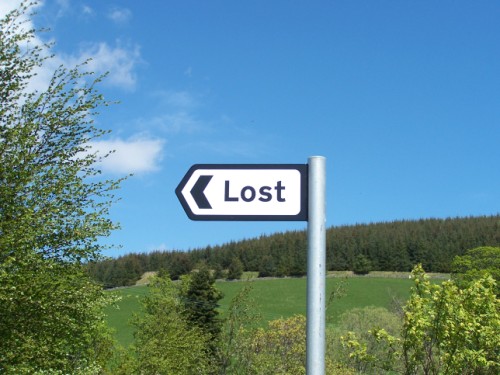
*(By the way, "Lost" is an actual place in Scotland and this road sign is real.)
Obviously, you need to start with how you are going to get here.
Edinburgh and Glasgow are the main airports for International flights and people often ask us which they should arrive at.
In all honesty, it doesn’t really matter too much as these airports are only 1 hour away from each other via the M8 motorway. So we'd suggest you pick your arrival airport based on airfare rather than location.
You can easily transfer from these airports to either city by car, train or bus, so don’t worry too much about where you land.
If you are visiting London before coming to Scotland, we’d suggest you consider using the sleeper train services.
From Sunday to Friday, you can board the train at London Euston around 11pm and then disembark in Edinburgh at 8am ready for a full day of city sightseeing.
The price of a cabin on a sleeper train starts from ~£150, but you are combining travel with accommodation and saving yourself valuable time for sightseeing.
We recommend that you don’t spend more than 2 of your 7 nights in a city as the great appeal of Scotland is the scenery of the wilderness.
So, which city should you visit if you’ve only got 7 days in Scotland, Edinburgh or Glasgow?
Before we answer this, let us state that we don’t live in either city and our views are not biased by being a “Weegie” or “Edinburgher”.
If you have to pick just one, and you’ve never been to Scotland before, our recommendation is Edinburgh.
Edinburgh is just so full of history and it is history that you can see and touch.... and sometimes smell.
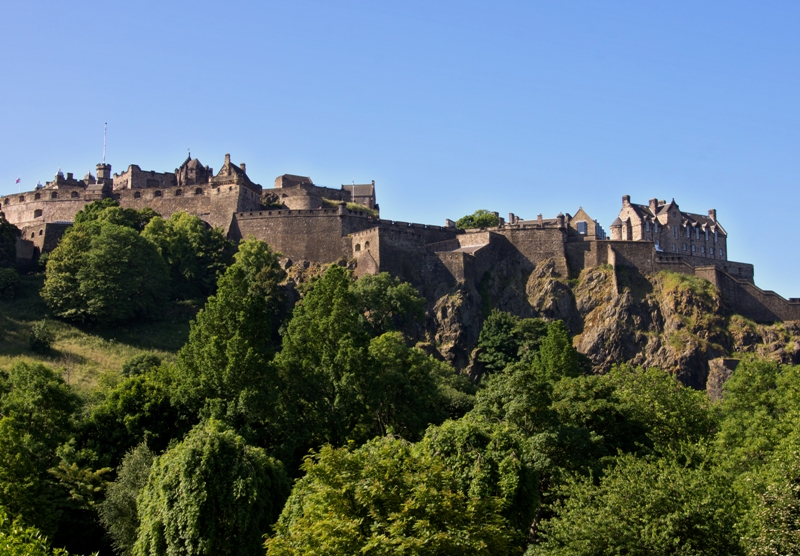
For sure Glasgow has history too, but so many of Glasgow’s historic buildings were demolished in the 19th century to make way for the Industrial Revolution.
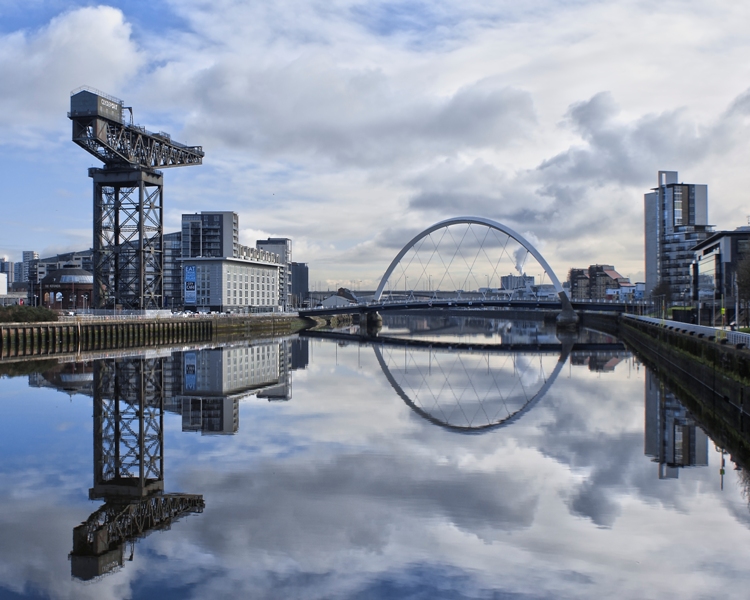
For example, the 17th-century buildings of the University of Glasgow were located on the High Street, just downhill from Glasgow Cathedral. Period drawings show it to have been a beautiful building with a 140 ft high clock tower. But in 1870 it was demolished and replaced by a railway marshalling yard. That's the Victorians for you.
To make the most of a week in Scotland you really need to drive.
Travel by bus and train is fine if you only plan to explore the major towns but to discover the country you really need the freedom and convenience of a car.
You don’t need a car for sightseeing in Edinburgh as the city has a good public transport network and all-day bus tickets are really good value at £4 per adult.
So budget for 5 or 6 days of car hire during your week in Scotland.
Automatic cars are available to hire in Scotland, but they cost more to hire and we recommend you book one as early as you can.
If using Secret Scotland’s 10% Discount code, and booking a few months in advance, 6 days of car hire in summer would cost:
Fuel costs are harder to estimate as there are a lot of variables involved, but we would suggest that you allow about £150 for a 600 - 700 mile road trip in a week.
You may think 7 days in Scotland is enough for covering a country that is only 274 miles from North to South, but Scotland packs a lot into a small area.
Seven days is enough to give you a good experience of what Scotland has to offer, but it will leave you wanting more.
If this is a first-time visit to Scotland, you probably have a bucket list of famous places that you want to see…. Edinburgh Castle, Loch Ness, Skye, Eilean Donan, Culloden etc.
But famous places are often the busiest places so you need to get the balance right and there are often less well-known places that deliver the same experience without the crowds.
That’s where the detail and local knowledge of a Secret Scotland tour plan helps you make more of your trip.
If you are a first-time visitor, we assume your objective will be to see as many of the famous places as you can at a pace that is realistic and enjoyable.
And an ideal itinerary for 7 days in Scotland is our Classic Scotland tour plan.
The Classic Scotland tour covers Edinburgh, Culloden Loch Ness, Eilean Donan, Skye, Glen Coe and Loch Lomond. Plus a smattering of castles, distilleries and standing stones.
So let me explain how you could pace your week in Scotland.
Edinburgh is a city that is best discovered on foot, but a Hop-on Hop-off City Sightseeing tour is a good way to start your day in the city as it will quickly let you get your bearings.
Most of the tours last ~75 mins so you can start the day with a quick bus ride around the city to get a feel for the places you want to explore. The bus routes all have a pick-up point on Waverley Bridge opposite the entrance to Waverley Railway station.
For a first-time visitor, we would recommend the Edinburgh Tour or the Citysightseeing Tour. These are both hop-on / hop-off services with stops along the Royal Mile from the Lawnmarket (at the castle end) down to Holyrood Palace. The buses also swing by the National Museum of Scotland which is free and worth doing as is nearby Greyfriars Kirk and Graveyard. The tickets are valid for 24 hours, which is useful if you start to get sore feet later on in the day.
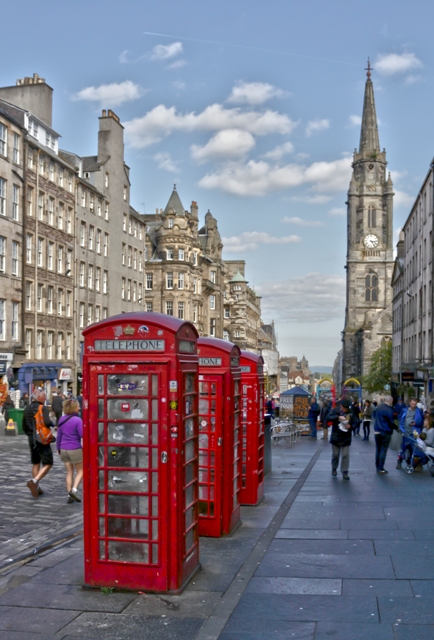
Once you’ve taken the bus tour, you can hop off at the Lawnmarket and start to explore the Royal Mile on foot.
Don’t just do the main tourist attractions on the Royal Mile. Take time to duck down some of the “closes” that sprout off the Royal Mile. Some of them are dark and a bit dingey, but you can also discover some surprising remains of old Edinburgh in these hidden corners.
Riddles Court and Bakehouse Close are 2 great examples worth seeking out.
Don’t worry, we give directions to all of this in the 3 Edinburgh walking routes detailed in the Classic Scotland tour plan.
To keep things flexible, the Classic Scotland tour plan has 2 route options for the drive to Pitlochry.
A direct route that allows lots of time for sightseeing around Pitlochry in the afternoon. Things that you could consider are a visit to nearby Blair Castle, a woodland walk around the beautiful Falls of Bruar or a scenic drive around Loch Tummel.
Alternatively, if you want more time in Edinburgh, you could spend the morning of Day 2 in the capital and then use this direct route to drive to Pitlochry in the afternoon.
.jpg)
A longer route via the Trossachs with opportunities to visit Stirling & Doune castle as well as standing stones, pretty villages and attractive waterfalls. This route features a drive along the shores of Loch Tay where you can explore “the Crannog”, which is an authentic recreation of a type of Iron Age settlement found on Scottish lochs.
You could end this day with a tour of Blair Atholl distillery. There are lots of accommodation options within a swaggering distance of this distillery.
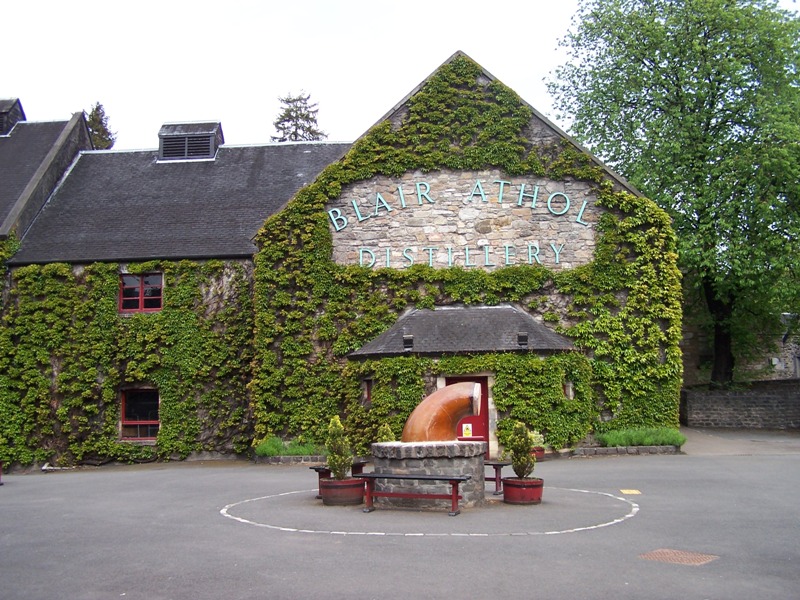
This leg of the tour is rich with history and will appeal to “Outlander” fans.
A visit to Culloden is a must, but you can also visit the site of the Battle of Killiecrankie where the Jacobites emphatically defeated the Redcoats in 1689. You can even see the spot where one Redcoat soldier made a desperate 18 foot leap across a raging river to escape the chasing Highlanders intent on his death.
Heading north to Kingussie, you can continue the Jacobite theme with a quick visit to the haunting ruins of Ruthven Barracks. It was here that Bonnie Prince Charlie’s Jacobite Army assembled after their defeat at Culloden. And it was here that they received his final order "Let every man seek his own safety in the best way he can".
Ruthven Barracks is also a spot where you frequently find Hairy Highland Coos.
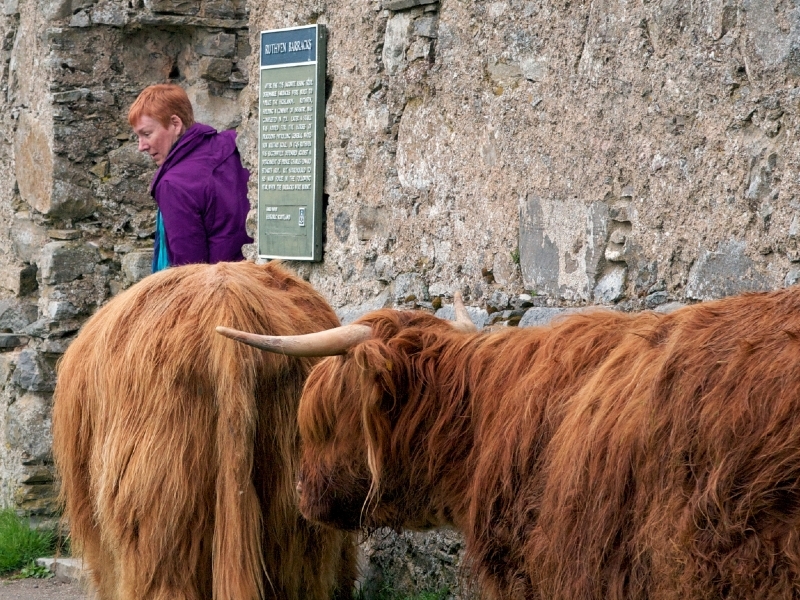
Two great castles are featured along the route so you can choose between Blair castle or Cawdor Castle. You might even wish to do both, but we’d recommend you save some time for discovering the majestic scenery of the Cairngorms National Park that we guide you through.
This day would end in Inverness, which is the “Capital of the Highlands” and quite a lively town with several pubs where you are likely to find live music.
A change of scenery as you head west from Inverness along the shores of Loch Ness towards the mountains of Wester Ross.
But not everyone will want to do Loch Ness. You may have visited before or you might be the sort of person that prefers the road less travelled. Don’t worry, our Classic Scotland tour plan caters for this by providing an alternative route which follows a more northerly passage via the magnificent scenery of Glen Torridon.
First-time visitors to Scotland will probably wish to see Loch Ness. So if it’s on your Scottish bucket list, aim to arrive at Drumnadrochit before 10am to join one of the early morning Loch cruises.
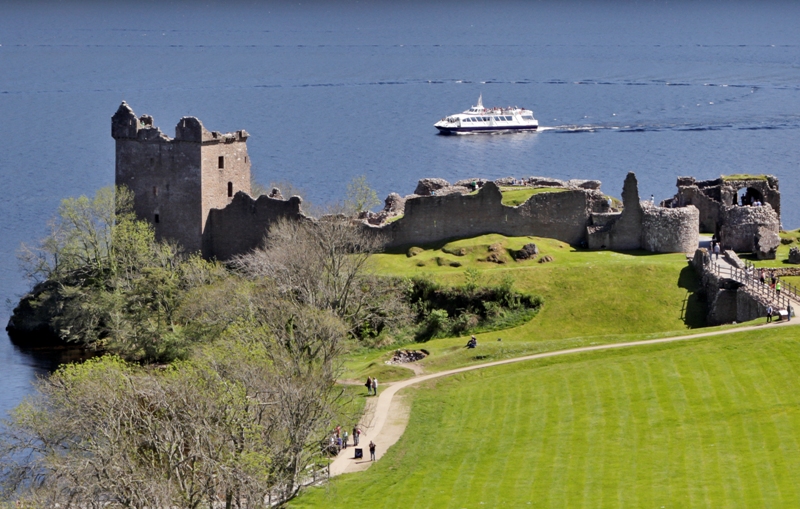
During your 1 hour Loch Ness cruise, you’ll be able to see Urquhart Castle. To be honest, there’s not a lot to see as the castle was “dismantled” in 1691 to prevent Jacobites using it.
The visitor centre at Urquhart castle is good, but the admission fee of £14.50 is a bit steep for a castle in ruins. Our advice is to skip it. Apart from anything else, on Day 7 you can visit Kilchurn Castle by Loch Awe and it’s FREE.
You can tell that I’m 100% Scottish.
Moving on from Drumnadrochit around 11am, you travel most of the length of Loch Ness before turning west to head towards the wilderness of Glen Shiel, where yet another Jacobite uprising met a tragic end in 1719.
Around lunchtime, you should be arriving at Eilean Donan castle, which is an essential photo stop on this route.
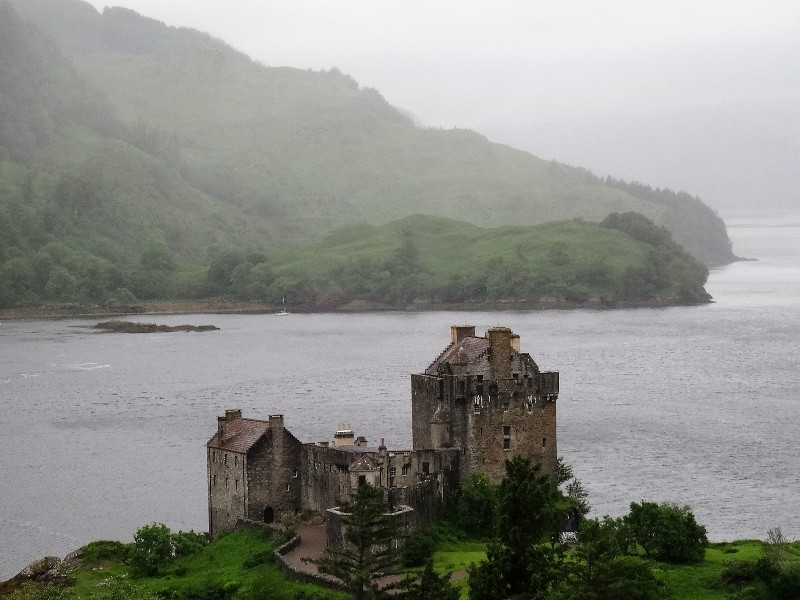
The castle is actually a bit of a fake.
What you see today is a 1920’s reconstruction of a castle that was blown up in 1719 by the Royal Navy (remember that Jacobite Uprising in Glen Shiel that I mentioned). At the start of the 1900’s, Eilean Donan was in a similar state to present-day Urquhart castle.
None of this detracts from the appeal of what is arguably the most photogenic castle in Scotland. But if you are seeking authentic tangible history, you might be better following our detour suggestion to the Iron Age Brochs at Glenelg.
After a photo stop at Eilean Donan, you might be starting to get a bit hungry for lunch. Rather than going to the busy cafe at the castle’s visitor centre, we recommend you head to Plockton, which is arguably the prettiest village in the North West Highlands.
.jpg)
Following lunch at Plockton, it is a short hop to the bridge that carries you to Skye.
You should arrive on Skye mid-afternoon with time to explore Elgol on Loch Scavaig. The slipway at Elgol is one of the best vantage points for photographing the Cuillins. You could even schedule in a boat trip on Loch Scavaig,
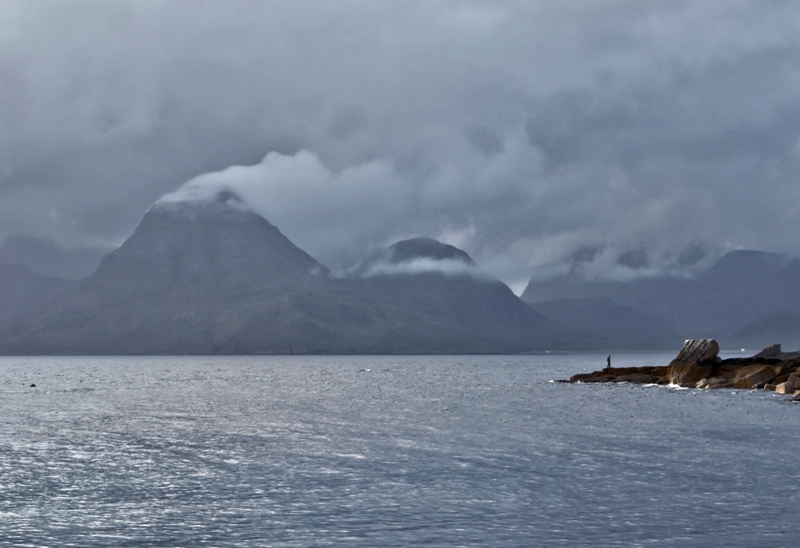
But you might prefer to use the remainder of the afternoon for a visit to Portree.
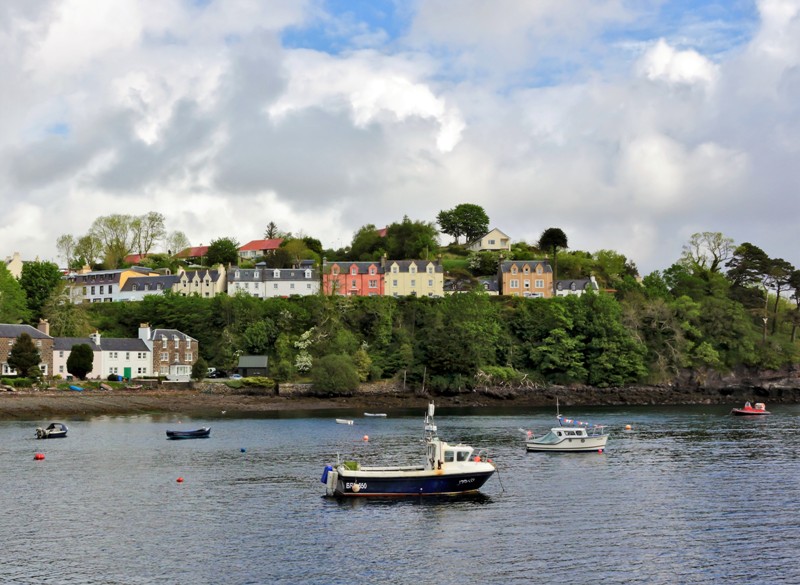
Skye is a large island and most of the places of interest lie at the end of roads which snake out along the various peninsulas of the island.
It is also a very popular island so single track roads can be slow progress and parking spaces at the most popular attractions aren’t always available.
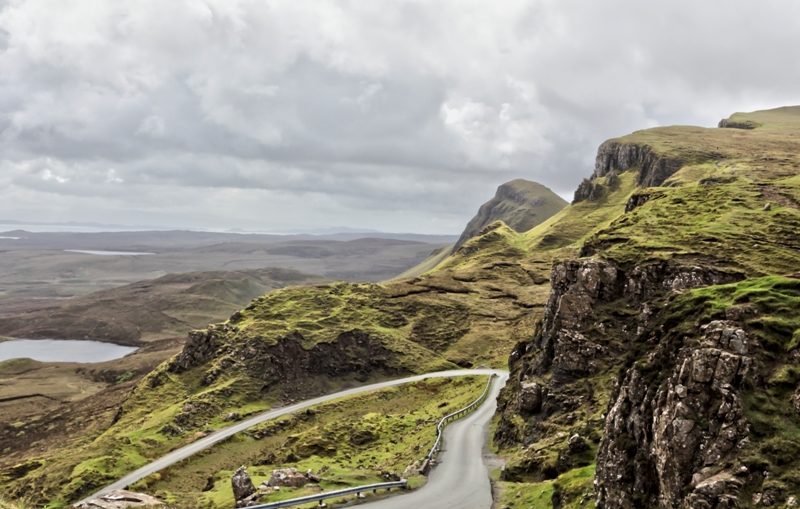
This all means that sightseeing on Skye can take longer than you expect so you really need to allow one full day on the island.
On this day, if starting from Portree around 9am, you could schedule in a morning tour of the Trotternish peninsula taking in the Old Man of Storr, Kilt Rock, Staffin Bay (see the Dinosaur footprints if the tide is out) and the dramatic landscape of the Quiraing.
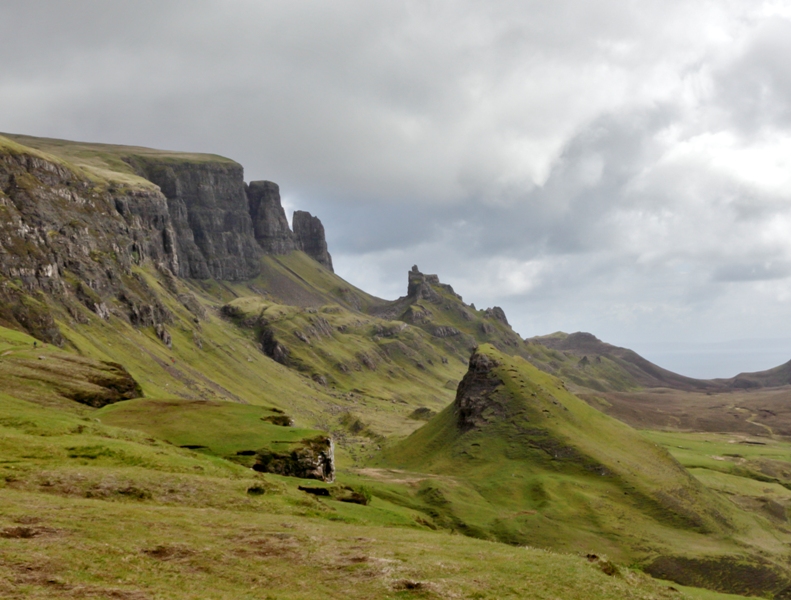
Visiting these places will take up most of your morning.
After lunch, you could continue your exploration of Skye with a drive down the west coast where you have options for visits to Dunvegan Castle (not one of our favourites to be honest), Neist Point (the famous lighthouse that appears in so many pictures) or the Fairy Pools (but the appeal of this place is being spoilt by over-tourism).
If crowds aren’t your thing, the Sleat Peninsula is usually a quieter area of Skye. It is worth exploring for the magnificent views towards Knoydart and the lovely beach at the Point of Sleat.
For a bit of variety, we’d suggest you depart Skye via the Armadale - Mallaig ferry route. The crossing takes 40 - 45 minutes, but you do have to check in for the ferry 20 mins before departure.
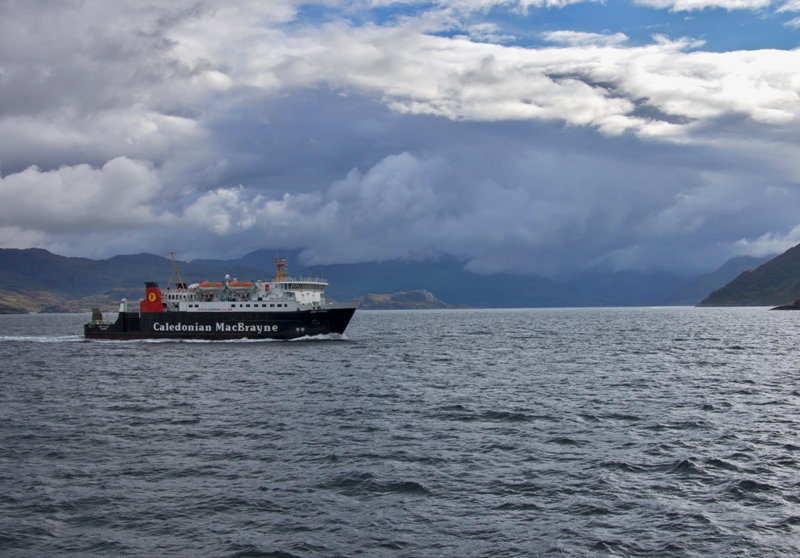
It is a lovely crossing and the views towards the mountains of Knoydart and fjord-like Loch Nevis (which is nowhere near Ben Nevis) are worth staying on deck for.
Not everyone enjoys a boat ride and, in winter, crossings can be disrupted. Consequently, the Classic Scotland tour itinerary includes a Plan B option for driving to Oban via the Skye Bridge and the Great Glen.
But let’s assume you choose to leave Skye via the ferry and are now in Mallaig.
Between April and October, the Jacobite Steam Train arrives in Mallaig at 12:26, but there are other things to see today and there’s not a lot to do in Mallaig so we’d suggest you use your time to explore the magnificent beaches known as the “Silver Sands of Morar”.
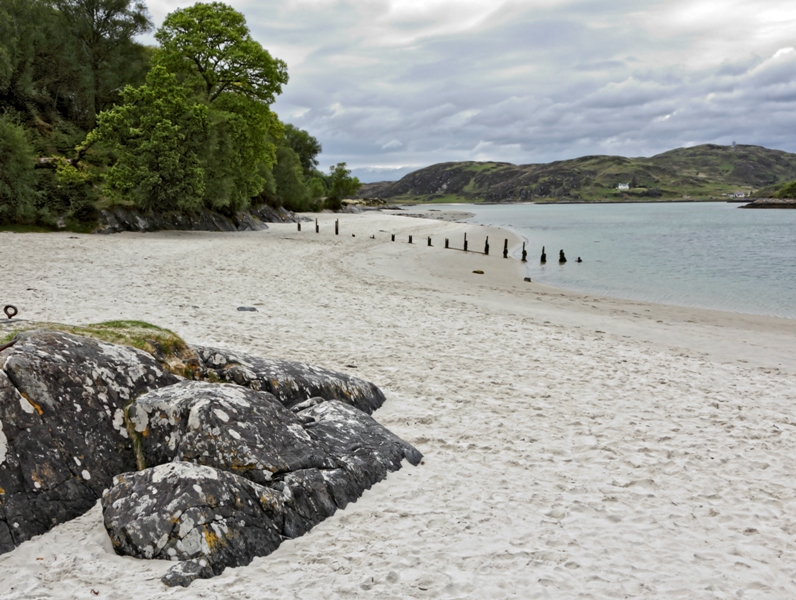
The next leg of your drive takes you past the famous Glenfinnan viaduct.
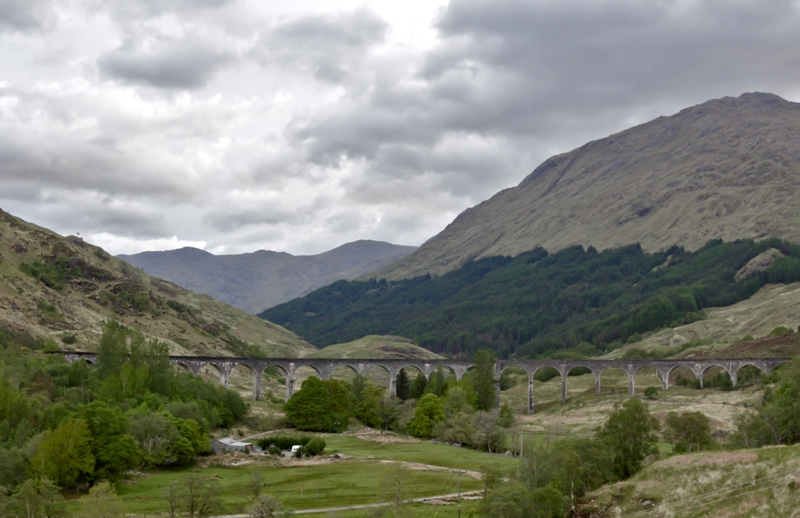
Glenfinnan is also the place where Bonnie Prince Charlie rallied his Jacobite army in August 1745, but not many visitors appear to be as interested in that.
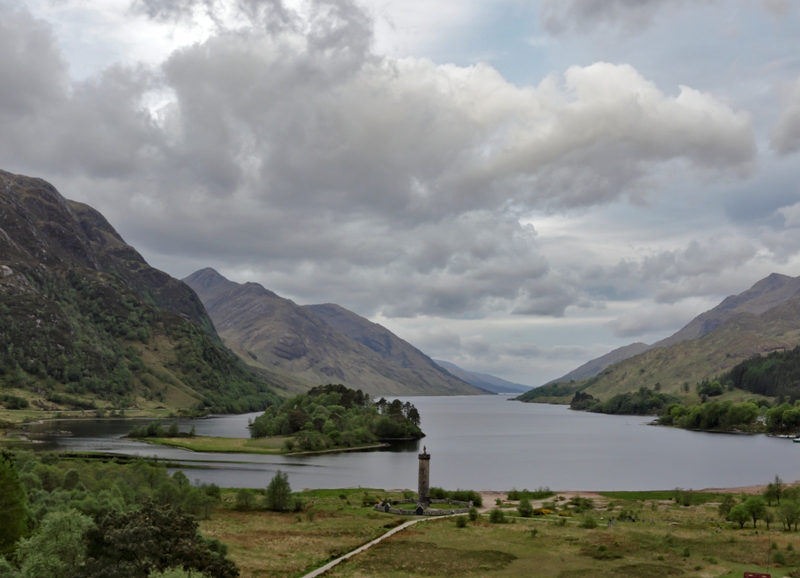
The Jacobite Steam Train crosses the viaduct at ~10:45 and ~15:00, however, the car park at Glenfinnan is so crowded at these times that you need to arrive at least an hour before the train to have a chance of finding a parking space.
Assuming you hang around to see the train at 3pm and then continue along the road to Fort William, you should be arriving in Fort William around 3:30pm.
Fort William town is not a must see, but you may wish to stop around Corpach beach to take the popular picture of the old boat with Ben Nevis in the background.
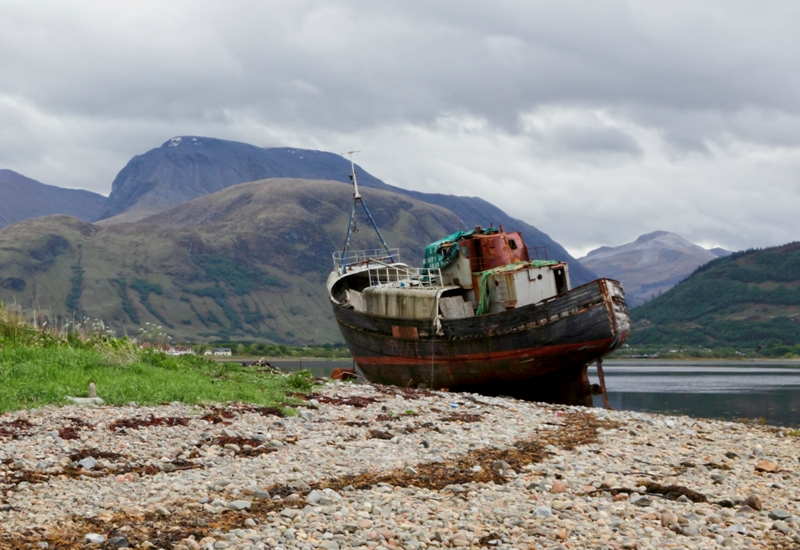
Heading south from Fort William, you may wish to make a small detour into Glen Coe for a photo before following the lovely scenic path of the A828 as it weaves down the coast of Argyll to Oban town.
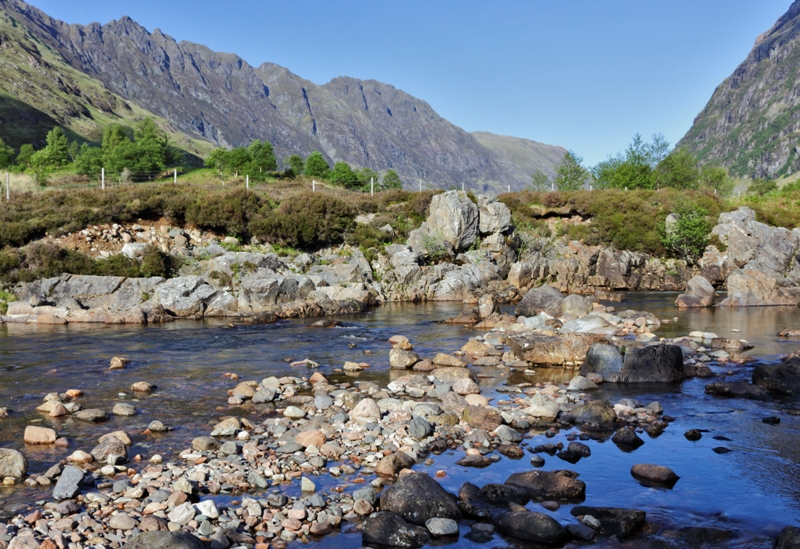
If you are planning Day 6 around the Skye ferry timetable and the 3pm steam train crossing at Glenfinnan viaduct, you are unlikely to get to Oban before 17:15. Of course, if the steam train crossing is important, you could be in Oban much earlier.
When in Oban, you really need to try the local seafood and there is a great choice of restaurants that we recommend in our guide. Do make sure to pre-book a table though.
Once again our Classic Scotland tour plan provides you with a choice of routes.
Both routes start by taking you past Loch Awe, the longest loch in Scotland.
An early stop worth considering is a visit to Kilchurn Castle. In terms of location, this castle is a worthy alternative to Urquhart Castle on Loch Ness. Admission is free, but you do have a walk of ~20 minutes along a good path to get to the castle.
If taking the direct route, you can travel from Kilchurn to the northern shores of Loch Lomond with 40 minutes.
Along the way to Loch Lomond, you should consider a refreshment break at the Drover’s Inn. This 18th century inn won’t win any Michelin stars for its food, but the place oozes history and has changed little in the last 300 years.
The A82 takes you along the full length of Loch Lomond and there are several points along the route where you can join loch cruises.
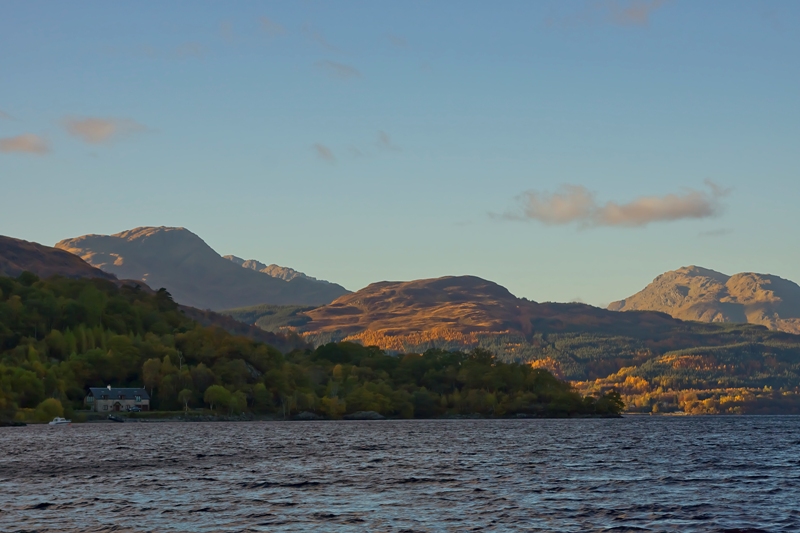
Alternatively, you may prefer to speed onto Glasgow to take in some of the city’s museums, restaurants and pubs.
Don’t worry if you need to get back to Edinburgh on Day 7. There is a Motorway that runs directly from Glasgow city centre to the outskirts of Edinburgh. So long as you avoid the rush hour traffic, you can drive from Glasgow Airport to Edinburgh Airport in an hour.
If you like the idea of this tour, you can get all the details and route directions by buying the Classic Scotland 7 day itinerary for just £15.99.